Home > Auctions > 5 - 9 September 2023
Ancient Art, Antiquities, Natural History & Coins
Auction Highlights:
Acquired on the EU art market around 2000.
From the collection of a North American gentleman.
Found Cotham, Newark, Nottinghamshire, UK.
These ingots were cast in shallow scoops carved into boulders or stones at places where the ore was mined and smelted; they were then traded across the Bronze Age world as raw material.
Ex old English collection.
London art market, 1980s.
From a late Japanese specialist collector, 1970-2000s.
Found near Manston, Kent, UK, 2016.
Accompanied by copies of the British Museum's portable Antiquities Scheme (PAS) report no.KENT-495597 and disclaimed as Treasure with reference no.2016 T618.
See Evans, J., The Ancient Bronze Implements, Weapons and Ornaments of Great Britain and Ireland, London, 1881, pp.76-84, and figs.56-68, for similar types.
See Portable Antiquities Scheme, reference PAS KENT-495597 (this find).
Ex old English collection.
London art market, 1980s.
UK gallery, early 2000s.
These bun ingots were cast in shallow saucer depressions cut into rock where the copper ore was mined and smelted; they were then carried and traded across Europe before being broken up, melted down and having tin added to form bronze alloy; fragments such as these are frequently found as part of smith's hoards of, usually, worn out tools, weapons and raw material from the Late Bronze Age.
Found from various sites in Berkshire, UK.
Ex old English collection.
London art market, 1980s.
Acquired 1990s-early 2000s.
East Anglian private collection.
Acquired in the late 19th century.
Ex private collection, Liverpool, UK.
Helios Gallery Antiquities, Wiltshire, UK.
Private collection, Preston, UK.
Accompanied by a certificate of authenticity from Helios Gallery no.H3163r.
Cf. British Museum accession no.1890,1113.6, for one of the swords from Charenton Hoard, France; see also Gagnière, S.,Germand, L., Granier, I., Les Armes et les outils protostoriques en bronze du Musée Calvet D'Avignon, Avignon, 1963, no.37, for a similar blade.
The top of the sword is missing, and the shape of the blade resembles that of swords of the late European Bronze Age, but the particular shape of the central groove of the blade, which forms a three-quarter median rib before tapering towards the point, could lead one to believe that the sword was of the antennal type with median rib, like the sword from Central Italy preserved in the Calvet Museum, Avignon.
UK gallery, early 2000s.
937 - 948 of 2453 LOTS

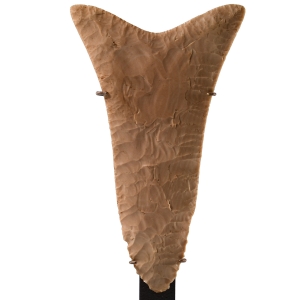
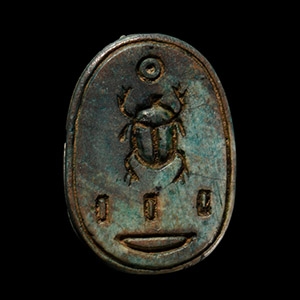
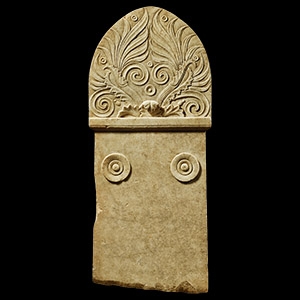
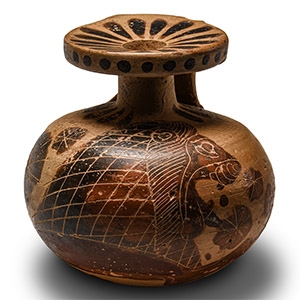
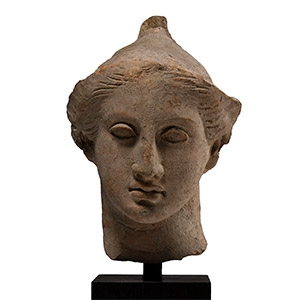
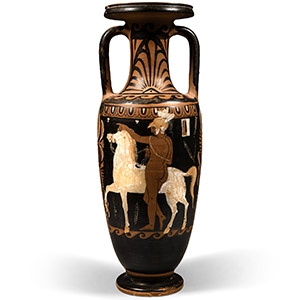
.jpg)
.jpg)
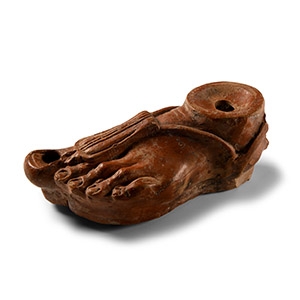
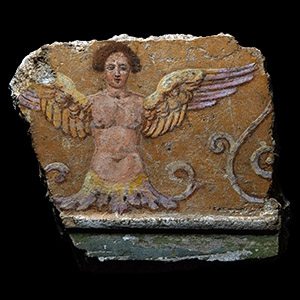
.jpg)
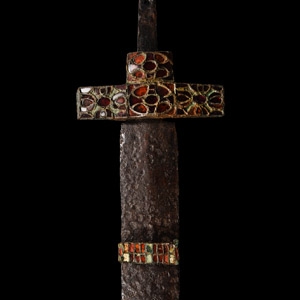
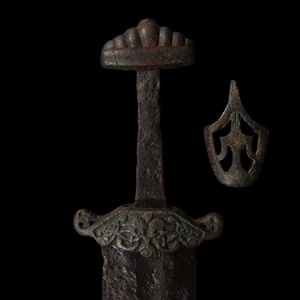
.jpg)
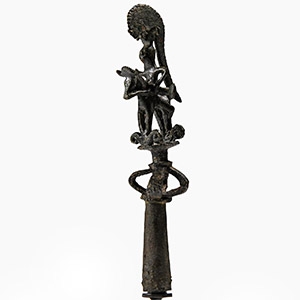


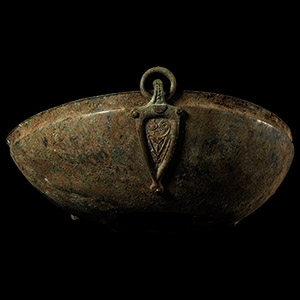
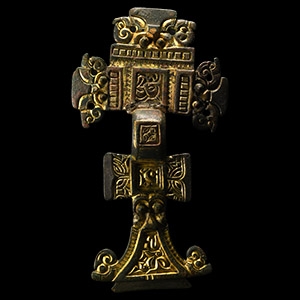
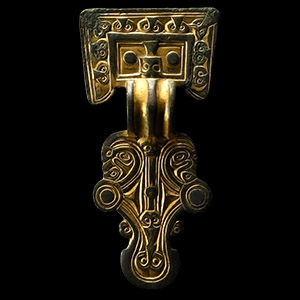
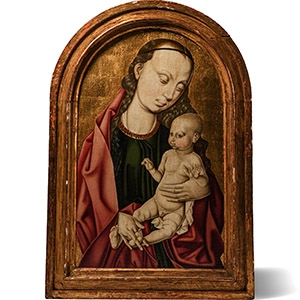

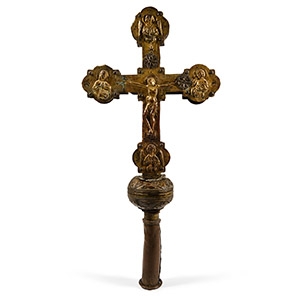
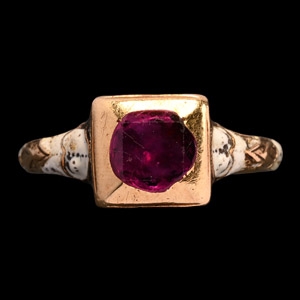

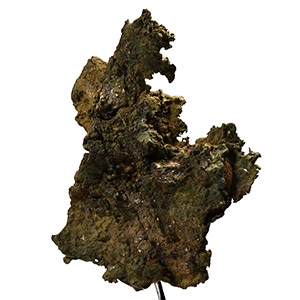

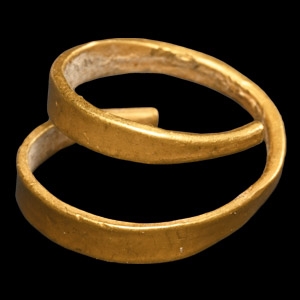

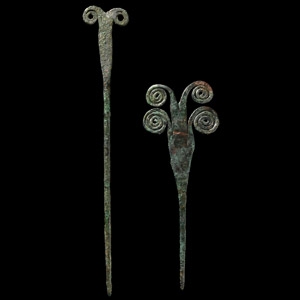
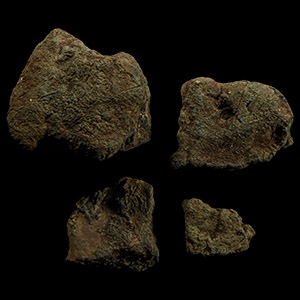


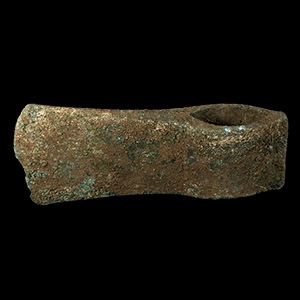

.jpg)



